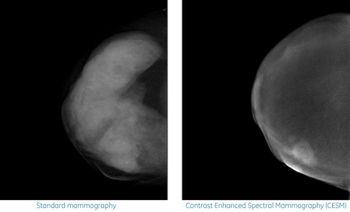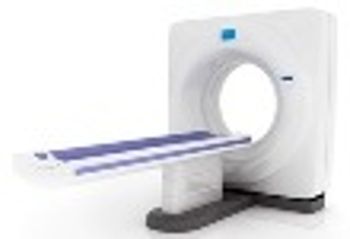
AHRA: Baystate Health System turned to a Software as a Service (Saas) model for 3D reconstruction, cutting costs in their CT department.

AHRA: Baystate Health System turned to a Software as a Service (Saas) model for 3D reconstruction, cutting costs in their CT department.

AHRA: The benefits of a radiation dose reduction program may be obvious, but securing buy-in can be a challenge. Here’s how to ensure its success.

Avoid HIPAA infractions by educating staff about HITECH, patient privacy violations, and HIPAA-related fines.

AHRA: When was the last time you scrutinized your imaging equipment service agreements? It might be time to take a close look, because you might be paying too much.

AHRA: Radiologists who thrive amidst increasing commoditization are those willing to become more visible leaders and offering consulting and value-added services.

AHRA: Radiologists and their staff aren’t immune to medical malpractice and must understand the laws and the risks.

AHRA: Does your radiology group have compliance program? It’s the law and the officials have stepped up enforcement. Here’s what you need to know.

Stacie Buck, of RadRx, details the issues around medical necessity and gives guidance for developing a process for reducing denials.

The shift to ICD-10 will force radiologists to improve their documentation. Coding Strategies’ Melody Mulaik explains ICD-10’s impact and how to prepare.

The ACR selected National Decision Support Company to make the guidelines available for EHR integration, which could signal a shift in image ordering decisions.

Radiology departments should create policies for meaningful use criteria exclusions, and document the rationale, experts at SIIM said.

Is your radiology department or practice considering adding business intelligence and analytics tools? Here are some tips for a successful implementation.

From image order entry to reporting results, several spots on the medical imaging chain provide opportunities for using clinical decision support.

Radiology mobile apps vendors take diverse approaches to developing solutions, depending on the intensions for the app, device and platform, and end user.

Paul Chang, MD, offers some advice and warns of a few pitfalls radiology professionals face when getting their home-grown IT tools into the market.

Paul Chang, MD, explains how radiologists are using data analytics and business intelligence to improve efficiency and demonstrate their value in health care.

James Borgstede, MD, details ACR's efforts to provide support and training in Haiti after the 2010 earthquake, including an upcoming trip.

Woojin Kim, MD, developer of Montage, talks about how the software brings Google-like search to radiology reports and how data mining is improving the field.

Kristi Funk, MD, of the Pink Lotus Breast Center explains the benefits of CESM, the implementation of GE’s SenoBright technology, and the reaction from her patients.

The agency released a draft proposal recommending that new imaging devices, such as CT, fluroscopy, and X-ray, include protocols and instructions for pediatric patients. This would be required on premarket approval notifications.

Tom Edwards, director of heart and vascular services at Northeast Georgia Health System, discusses why they added imaging equipment to the operating room.

Reps. Danny Davis (D, Ill.) and Ralph Hall (R, Texas) introduced the CT Colonography Screening for Colorectal Cancer Act of 2012 on the heels of data showing CTC's effectiveness in seniors.

The health IT community reacted quickly this week to condemn to the recent Health Affairs study that found electronic access to medical images increased test ordering.

A Health Affairs study challenges conventional wisdom and finds physicians who have electronic access to previous imaging results are actually more likely to order additional tests.

Osman Ratib, MD, PhD, FAHA, professor and chief of nuclear medicine in the Department of Radiology at the University Hospital of Geneva, discusses the advantages and future of the hybrid PET/MR modality.

Migrating to the cloud for image sharing and storage doesn't have to be an all-in affair. What about an incremental approach?

Radiologist-founded company debuts at HIMSS 2012 with its cloud-based critical results communication system that gives users control of how they receive messages.

With the Magnetom Spectra, Siemens Healthcare plans to make 3-Tesla MRI technology more readily available to smaller and mid-size practices and imaging centers.

Siemens and Dell are partnering to provide a cloud-based image archiving and sharing solution for radiology, which they are highlighting at HIMSS this week in Las Vegas.

It’s time spent not reading studies, a shift in the practice work flow, perhaps a bit outside of your comfort zone. But it’s a role that is increasingly being demanded of radiologists.